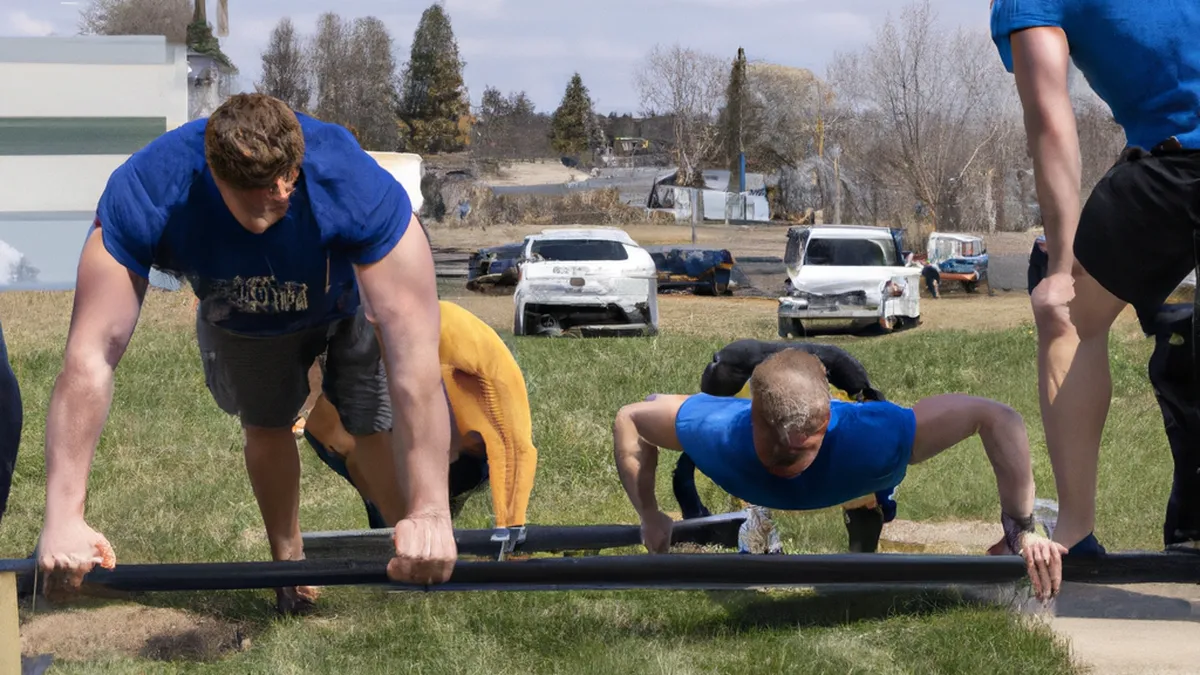Glute-Focused Cross-Training: What You Need to Know
Cross-Training Benefits for GlutesCross-training enhances fitness by integrating various exercises. This approach improves performance and reduces injury risk. Cross-training significantly strengthens the glutes. Strong glutes support daily activities and athletic performance. This post explores how cross-training elevates glute strength and offers effective exercise tips.
Understanding the Glutes
The glutes, or gluteal muscles, consist of three key muscles: gluteus maximus, gluteus medius, and gluteus minimus. Each muscle plays a vital role:- **Gluteus Maximus:** This largest muscle aids hip extension, lateral rotation, and upright posture, crucial for squatting and running.- **Gluteus Medius:** Located on the pelvis’s outer surface, it stabilizes the hip and aids hip abduction and rotation.- **Gluteus Minimus:** This smallest muscle assists with hip abduction and medial rotation of the thigh.These muscles enhance stability, mobility, and power. Strong glutes improve athletic performance and support daily tasks like walking, climbing stairs, and lifting. Building glute strength benefits everyone, from casual exercisers to elite athletes.
Effective Cross-Training Tips
As an Amazon Associate I earn from qualifying purchases.
Gear tip: consider running shoes, compression sleeves, and compression socks to support this topic.
Incorporate various exercises to enhance glute strength. Here are some effective cross-training tips:
1. Mix Up Your Workouts
Diversity is crucial for an effective cross-training regimen. Include strength training, cardio, and flexibility exercises to engage your glutes differently. Try combining resistance training with squats, deadlifts, and lunges. Pair these with cardio activities like running, cycling, or swimming. This combination keeps your routine fresh and prevents plateaus.
2. Focus on Compound Movements
Compound movements engage multiple muscle groups, effectively activating the glutes. Exercises like deadlifts, squats, and step-ups target the glutes while involving the legs, core, and lower back. Including these exercises maximizes results by building overall strength and coordination.
3. Incorporate Plyometrics
Plyometric exercises, such as box jumps, jump squats, and burpees, activate the glutes effectively. These explosive movements build strength and power while enhancing agility and speed. Adding plyometrics to your routine can lead to improved performance.
Conclusion
Cross-training significantly strengthens glutes and enhances overall fitness. Embrace diverse workouts, focus on compound movements, and incorporate plyometrics for optimal results.
Below are related products based on this post:
FAQ
What are the benefits of cross-training for glutes?
Cross-training significantly strengthens the glutes, which support daily activities and athletic performance. By integrating various exercises, it improves overall fitness and reduces the risk of injury.
What muscles make up the glutes?
The glutes consist of three key muscles: the gluteus maximus, gluteus medius, and gluteus minimus. Each muscle plays a vital role in stability, mobility, and power, enhancing athletic performance and aiding in everyday tasks.
What types of exercises are effective for glute strength?
Effective exercises for glute strength include compound movements like deadlifts, squats, and step-ups, as well as plyometric exercises such as box jumps and jump squats. Mixing strength training, cardio, and flexibility exercises also helps engage the glutes in different ways.















Post Comment